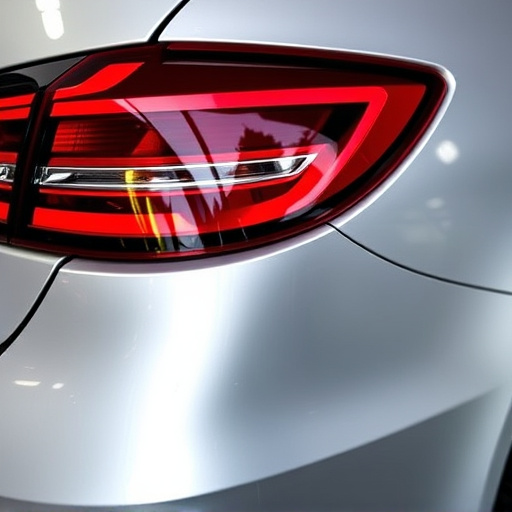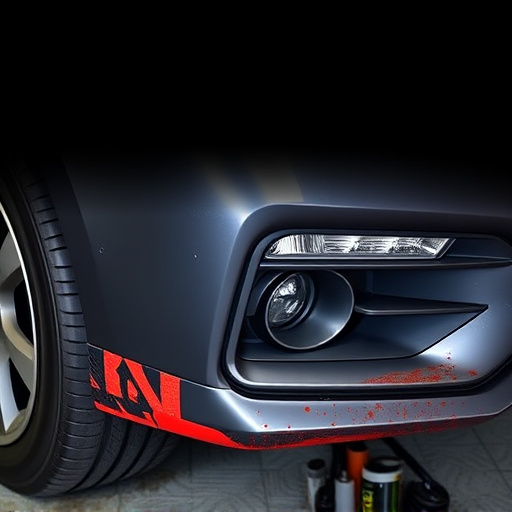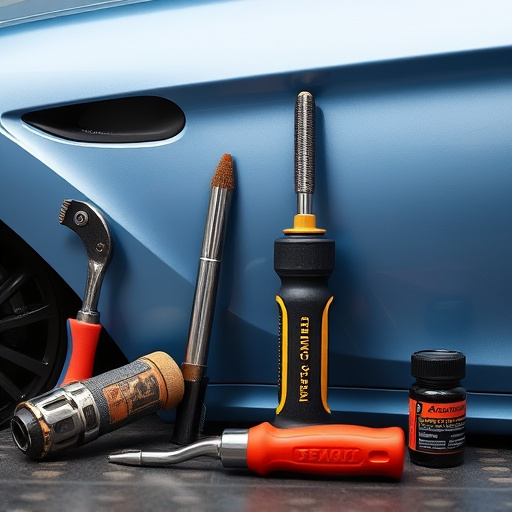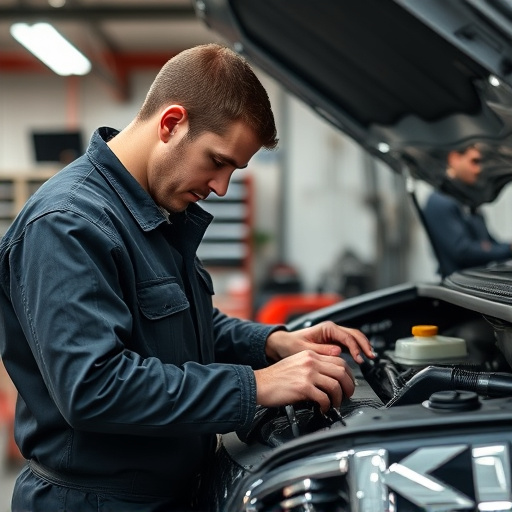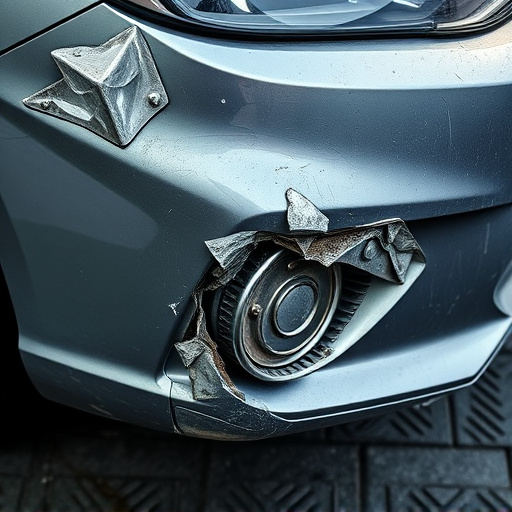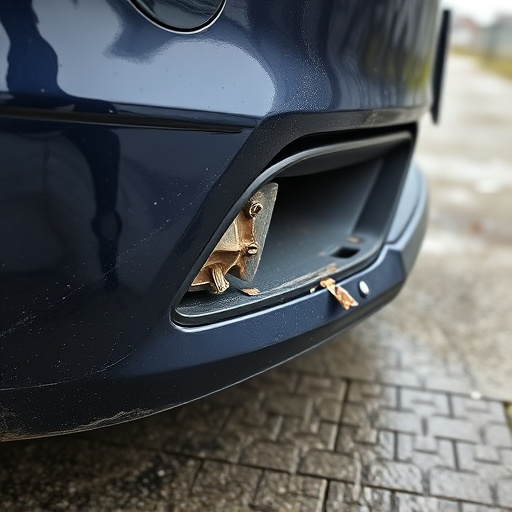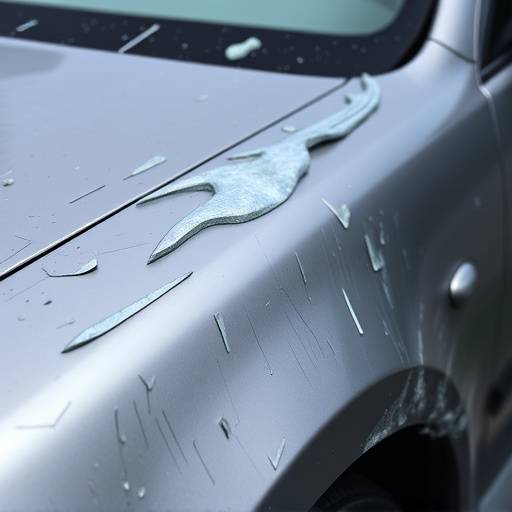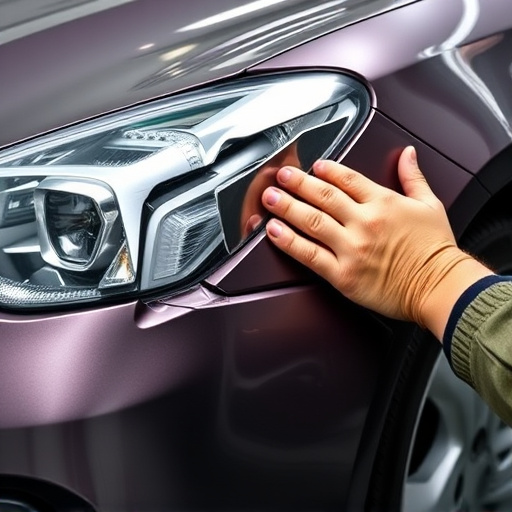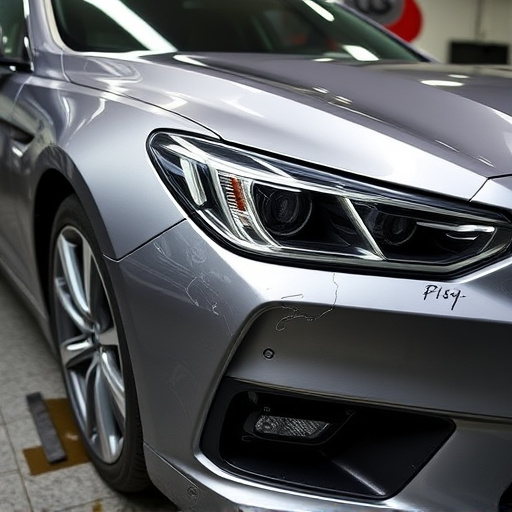Winter's harsh conditions can severely damage a vehicle's exterior metal, leading to rust formation and reducing resale value. Regular checks for rust spots are crucial. After winter, prompt rust repair through techniques like patching, priming, repainting, or replacing damaged panels is vital to preserve the car's condition, protect against future corrosion, and maintain its value.
As winter transitions into spring, many vehicle owners discover unsightly rust spots, a common side effect of cold-weather exposure. Understanding how winter damages car metal and promptly addressing rust is crucial for preserving your vehicle’s resale value. This article guides you through the process of identifying rust early on and offers effective repair techniques to ensure your car remains in top condition, even after seasonal challenges. By following these steps, you’ll protect your investment and keep your ride looking its best.
- Understanding Winter's Impact on Car Metal
- Identifying Rust Spots: Early Detection Key
- Effective Repair Techniques for Longevity
Understanding Winter's Impact on Car Metal
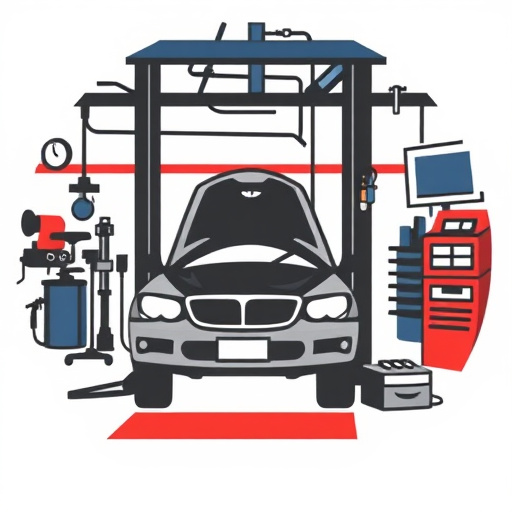
Winter’s harsh conditions can take a toll on your vehicle’s exterior, especially when it comes to metal surfaces. The cold temperatures, combined with moisture from snow and ice, create an environment conducive to rust formation. Over time, this can lead to noticeable damage, affecting both the aesthetics and overall value of your car. Rust repair after winter damage is crucial for preserving the resale value of your vehicle.
The metal on cars, particularly uncoated or older parts, is vulnerable to corrosion. Salts used in de-icing solutions can accelerate rusting, causing pitting and flaking that weakens the structural integrity of the metal. At an auto repair near me, professionals are well-versed in identifying these issues and implementing effective rust repair techniques. This may include patching, priming, and repainting to restore the car’s exterior to its pre-winter condition or even replace damaged panels, ensuring your vehicle looks as good as new and maintaining its market value despite the season’s challenges.
Identifying Rust Spots: Early Detection Key
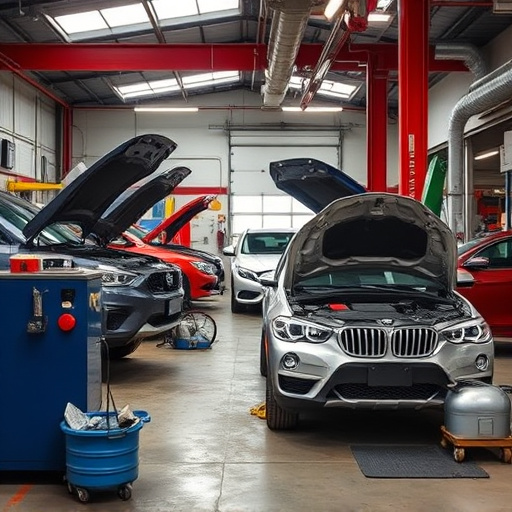
Rust spots can be an early indicator of winter damage to a vehicle’s exterior, so regular checks are essential. During the post-winter inspection, pay close attention to areas prone to rust, such as wheel wells, door jambs, and the lower parts of fenders and bumpers. Even small, seemingly insignificant marks can be signs of corrosion that, if left untreated, could escalate into significant repair needs.
Early detection is key when it comes to rust repair after winter damage. By identifying these spots promptly, you can prevent further spread and costly automotive body work in the future. This includes not only visual inspections but also running hands along the car’s surface to feel for any roughness or softness, which could indicate underlying corrosion. Remember, a little prevention goes a long way when preserving your vehicle’s resale value.
Effective Repair Techniques for Longevity
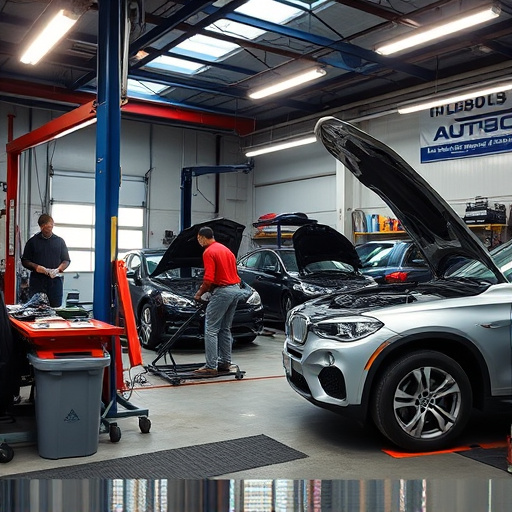
Rust repair after winter damage is crucial for preserving a vehicle’s resale value and overall longevity. Effective techniques include assessing the extent of corrosion, using specialized tools to remove damaged panels, and applying high-quality rust converter coatings to prevent further deterioration. By addressing these issues promptly, car owners can avoid more extensive and costly collision repair services later on.
In addition to rust repair after winter, regular maintenance such as cleaning and inspecting underbody components can help catch potential problems early. Reputable collision repair centers often offer comprehensive car paint services to restore not just the exterior, but also the structural integrity of a vehicle. Proactive measures, combined with expert interventions from these specialized facilities, ensure that your vehicle remains in top condition, enhancing its resale value and driving experience.
Rust repair after winter damage is a crucial step in preserving your vehicle’s resale value. By understanding how winter affects car metal, identifying rust spots early, and employing effective repair techniques, you can extend the life of your vehicle’s exterior. Regular maintenance and prompt action against rust ensure your car maintains its aesthetic appeal and market value, even after harsh seasonal changes.
